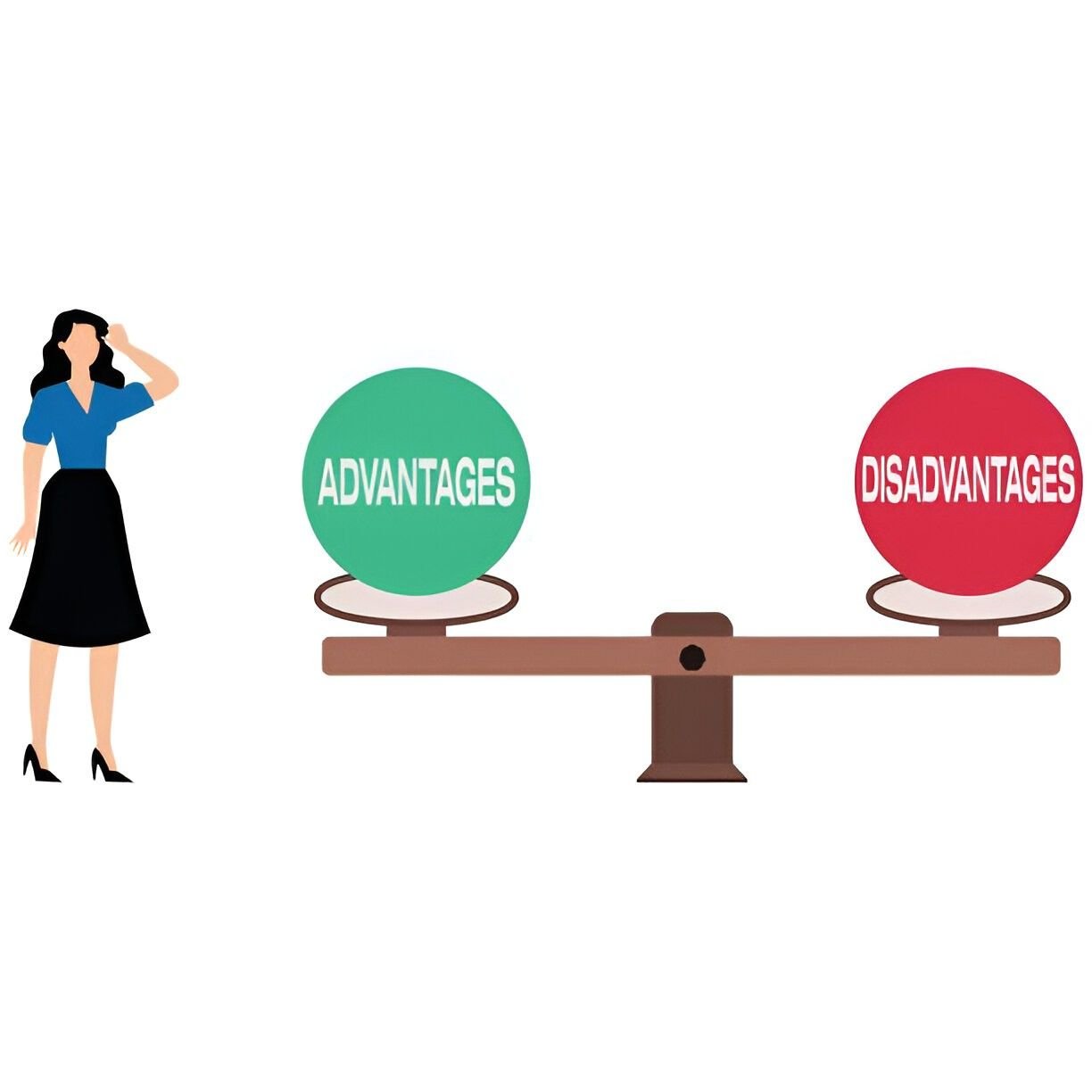As a finance expert, I often get asked about balanced mutual funds—whether they make sense for long-term investors, retirees, or those seeking a middle ground between growth and safety. In this article, I break down the advantages and disadvantages of balanced mutual funds, examining their structure, performance, tax implications, and suitability for different investors.
Table of Contents
What Are Balanced Mutual Funds?
Balanced mutual funds, also called hybrid funds, invest in a mix of stocks and bonds. They aim to provide both capital appreciation (through equities) and income (through fixed-income securities). The typical allocation ranges from 60% stocks/40% bonds (a classic balanced fund) to more aggressive or conservative splits.
Key Features:
- Automatic Rebalancing: The fund manager maintains the target asset allocation.
- Diversification: Spreads risk across asset classes.
- Income + Growth: Combines dividend-paying bonds with growth-oriented stocks.
Advantages of Balanced Mutual Funds
1. Built-In Diversification Reduces Risk
A balanced fund holds both equities and bonds, which often move in opposite directions. When stocks fall, bonds may cushion the blow. The portfolio volatility is lower than a pure equity fund.
The risk (standard deviation) of a balanced fund can be approximated as:
\sigma_p = \sqrt{w_e^2 \sigma_e^2 + w_b^2 \sigma_b^2 + 2 w_e w_b \rho_{e,b} \sigma_e \sigma_b}Where:
- w_e, w_b = weights of equities and bonds
- \sigma_e, \sigma_b = standard deviations of equities and bonds
- \rho_{e,b} = correlation between equities and bonds
Since bonds and stocks are often negatively correlated (\rho_{e,b} < 0), the overall risk decreases.
2. Professional Management and Automatic Rebalancing
Most investors struggle with rebalancing their portfolios. A balanced fund does this automatically, ensuring the asset mix stays aligned with the fund’s objective.
3. Steady Income Stream
Bonds in the portfolio generate regular interest payments, making balanced funds attractive for retirees.
Example: A $100,000 investment in a 60/40 balanced fund with:
- Stocks yielding 1.5%
- Bonds yielding 3.5%
Estimated annual income:
Income = (0.6 \times 100,000 \times 0.015) + (0.4 \times 100,000 \times 0.035) = 900 + 1,400 = \$2,3004. Lower Volatility Than Pure Equity Funds
Historically, balanced funds have shown smoother returns than all-stock portfolios.
| Fund Type | Avg. Annual Return (2000-2023) | Worst Year | Best Year |
|---|---|---|---|
| S&P 500 | 7.2% | -37% (2008) | +28% (2019) |
| 60/40 Balanced Fund | 6.8% | -20% (2008) | +18% (2019) |
(Data: Vanguard, Morningstar)
5. Simplified Investing
Instead of managing multiple funds, investors get a single diversified solution.
Disadvantages of Balanced Mutual Funds
1. Limited Upside in Bull Markets
During strong stock rallies, balanced funds underperform pure equity funds due to their bond holdings.
Example: In 2021, the S&P 500 returned 26%, while a 60/40 fund returned 15%.
2. Bond Risks in Rising Rate Environments
When interest rates rise, bond prices fall. This can drag down performance.
The bond price sensitivity to rate changes is measured by duration:
\Delta P \approx -D \times \Delta y \times PWhere:
- D = bond duration
- \Delta y = change in yield
- P = bond price
A fund with long-duration bonds will suffer more in rising-rate periods.
3. Higher Fees Than Index Funds
Actively managed balanced funds charge expense ratios (0.50%–1.00%), whereas a DIY stock/bond ETF portfolio could cost <0.10%.
4. Tax Inefficiency
Bonds generate taxable interest, and frequent rebalancing may trigger capital gains. In taxable accounts, this creates a drag on after-tax returns.
5. One-Size-Fits-All Approach
A 60/40 split may not suit all investors. Younger investors might prefer more stocks; retirees might want more bonds.
Who Should Invest in Balanced Mutual Funds?
- Conservative Investors: Prefer stability over high returns.
- Retirees: Need income with moderate growth.
- Beginners: Want a hands-off approach.
Alternatives to Balanced Funds
- DIY Portfolio (Stocks + Bonds ETFs) – Lower fees, more control.
- Target-Date Funds – Automatically adjust allocation over time.
- Robo-Advisors – Customized allocations based on risk tolerance.
Final Verdict
Balanced mutual funds offer a middle ground—less risk than stocks, better returns than bonds alone. However, they come with trade-offs: limited growth potential, tax inefficiency, and sometimes higher fees. Whether they fit your portfolio depends on your goals, risk tolerance, and investment horizon.





